Pre-Conflict (0 ARC-1 ARC)
The moment he learned of Tapis and Lales preparing to attack him, King Gautier Oweyn began mobilizing his forces as well. First, he sent men and women loyal to him who couldn’t fight for various reasons to other nations nearby and even across the The Farthest Expanse. These men and women were tasked with spreading propaganda against Tapis and Lales.
Trusting they would get the job done, he turned to adding the rune casters to his forces. Initially, he wanted all of the rune casters to come with him but relented, allowing two casters to journey to Lylne and begin training even more rune casters. The remaining six rune casters he divided between his regiments, forcing each to take care of roughly 2000 soldiers.
With those two tasks out of the way, he ordered his forces to begin marching towards Tapis and Lales. Since they had just finished fighting a previous battle, his troops didn’t need to wait for their equipment to be made or given to them. Those who had armor or weapons in need of repair were allowed to stay behind or are told to make do. Hunters and archers were sent ahead of the main body of the army to scout out the area close to Tapis and Lales.
King Gwenaël Bessec and Queen Ameline Sarraril, on the other hand, began their mobilization by commissioning their blacksmiths to forge new armor and weapons for their men. They also had writs issued that asked for every horse to be turned over to the army. With the additional horses, hundreds of infantrymen were reassigned to fight in the cavalry, and more men and women were needed to be recruited to fill in the gaps.
Even as word reached them that the Aryite army was already moving towards them, the leaders of Tapis and Lales paid little mind to it so sure were they that they could crush the up jumped king and his army. Instead, they focused on getting their recruits up to speed and outfitting their army.
In the time it took for King Gwenaël Bessec and Queen Ameline Sarraril to begin deploying their troops, Aryite scouts had already reached the Haliland Thicket and were in the process of mapping the area. Additionally, rumors had started spreading in other countries that painted Tapis and Lales in a bad light. With the maps given to him by his scouts, King Gautier Oweyn began sending small groups of soldiers to specific locations in the woodlands. The rune casters were also shipped ahead and tasked with setting traps along the route the Tapian and Lales forces were thought to be moving along. The main body of Aryite troops, on the other hand, was brought to a halt a few miles away from the forest and allowed to rest up and prepare for the upcoming fight.
Conflict (1 ARC-3 ARC)
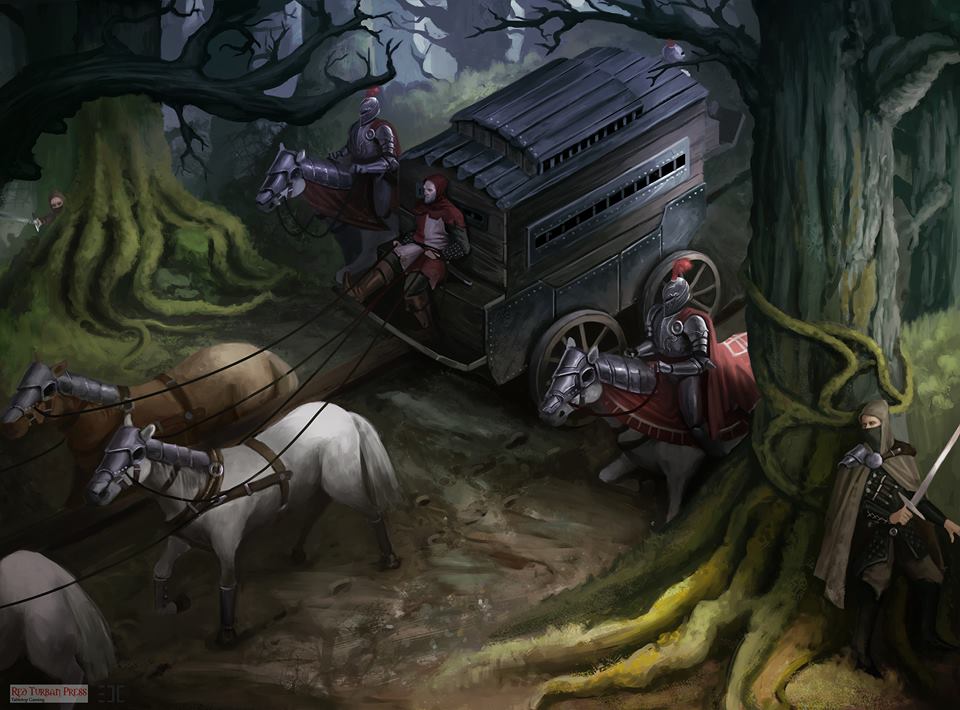
The first fight of the war between Lales, Tapis, and Aryia started with unexpected swiftness. King Gwenaël Bessec and Queen Ameline Sarraril having heard from merchants passing through the area the Aryite army was camped a few miles east of the Haliland Thicket progressed through the forest without much thought. They quickly learned of their mistake when arrows began raining down on their lead soldiers. Chaos reigned as the Tapian and Lales forces simultaneously sought cover and looked for the archers shooting at them. Then, just as sudden as the attack started, it stopped. Cautiously the troops began emerging from their hiding places and checked on the wounded and dead.
Those who were able to move fell into formation again and began cautiously moving forward. Even with the Lales and Tapis forces on high alert, they were still caught off guard when arrows started raining down on them once more. This time, the commanders ordered their men to rout out the archers. They took a few casualties but eventually the soldiers were able to identify the locations the archers were shooting at them from and began converging on those locations. However, the Aryite archers fled in different directions forcing the Lales and Tapis soldiers to break into smaller groups.
Some of these groups ran into ambushes with more archers, others, however, ran into areas ladened with runic traps. When the first few gouts of flame, shards of ice, and pillars of earth engulfed those who triggered the traps, chaos reigned once more. Several soldiers of varying experience broke rank and fled, unable to contain their fear and panic at being the first to witness the effectiveness of runic traps.
For the Lales and Tapian forces who remained, their trek through the woodland continued in the same manner. Archers would shoot at them from hiding spots, and they would flush them out only to stop chasing the after a few feet out of fear they’d trigger another trap. Or they would pass through an area that looked relatively safe only to be met with fire, ice or earth erupting from the ground or rocks or even trees.
The night brought different challenges as the troops made skittish from the day’s events found it challenging to rest. Shelters that would have once brought great relief, like caves, were now viewed with suspicion as the walls could be covered in rune symbols invisible in the dark. Noises in the night were chased by jumpy recruits who either got lost, injured, or took the opportunity to flee.
It took weeks to traverse the woodlands, and by the time they emerged, they had already lost over a thousand men and morale was abysmal. When they finally appeared onto grassland and caught sight of the enemy camp off in the distance, several commanders enraged at the loss of men, and the perceived insults disregarded orders and charged the field. As they crossed the miles of seemingly empty grassland, however, these soldiers quickly discovered that while they had been delayed in the woods, the Aryites had dug several spiked pits. These pits were virtually invisible to the naked eye, and many soldiers lost their lives before anyone even realized the danger.
Once more, the Lales and Tapis forces were made to halt their progress. King Gwenaël Bessec and Queen Ameline Sarraril were caught in a predicament. They could easily call off the attack and go back, but they had already lost so many soldiers getting to this point that neither ruler felt they could retreat. Plus, their reputations as powerful nations would be tarnished by being forced to flee by a newly formed kingdom. And so, they ordered their troops to find safe paths to traverse the grounds forward. It took days to cross the miles of grassland, and a few deaths, but eventually the Lales and Tapian forces were able to mark a safe path through the ladened trap area. Upon reaching the other side, they attacked the Aryite camp only to discover no one was there.
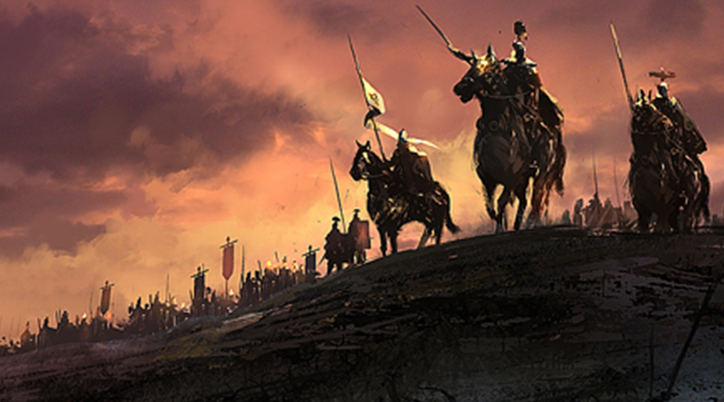
Puzzled and more than a little paranoid, they made camp in the abandoned field expecting some attack at night. The attack they were waiting for, came at dawn when from the direction they had just come from, the entire Aryite army attacked. The battle lasted a few hours, with both sides taking losses before King Gautier called a retreat back towards the Haliland Thicket and the lands of Tapis and Lales beyond. They chased them through the grassland, discovering too late the markers used to show a safe path had been moved. Those who followed King Gautier’s forces safely to the woodland area were met once again by a hail of arrows. Afraid that the Aryite forces would conquer their home, King Gwenaël Bessec and Queen Ameline Sarraril’s forces continued onward into the forest even as their comrades fell in droves. When they entered the wooded area, they weren’t just met with ambushes and traps. This time, they were also met with the Aryite army, which spread out through the forest, engaged them in battle.
For the next few months, the forest became a war-torn battlefield as the two armies clashed again and again. During that time, rumors had continued to spread that Tapis and Lales were picking on a country that had been no threat to them. And after they defeated Aryia, the two powerhouses would begin attacking other countries as well. These rumors, as well as Aryia holding out against a stronger opponent, convinced other countries to send aid to King Gautier. Additionally, the Rune Casters were quickly becoming invaluable members of the Aryia army as within hours they could have wounded soldiers back on their feet.
King Gwenaël Bessec lost his life during one of the many ambushes set up by Aryia forces in the Haliland Thicket, elevating his son Thibault Bessec to the Tapian throne. Thibault, unlike his father, did not see any reason to continue the fight after having lost so many men and women. So he surrendered to King Gautier and ordered his forces to retreat. Queen Ameline Sarraril kept fighting for another year until captured by Aryite troops and was forced to surrender.


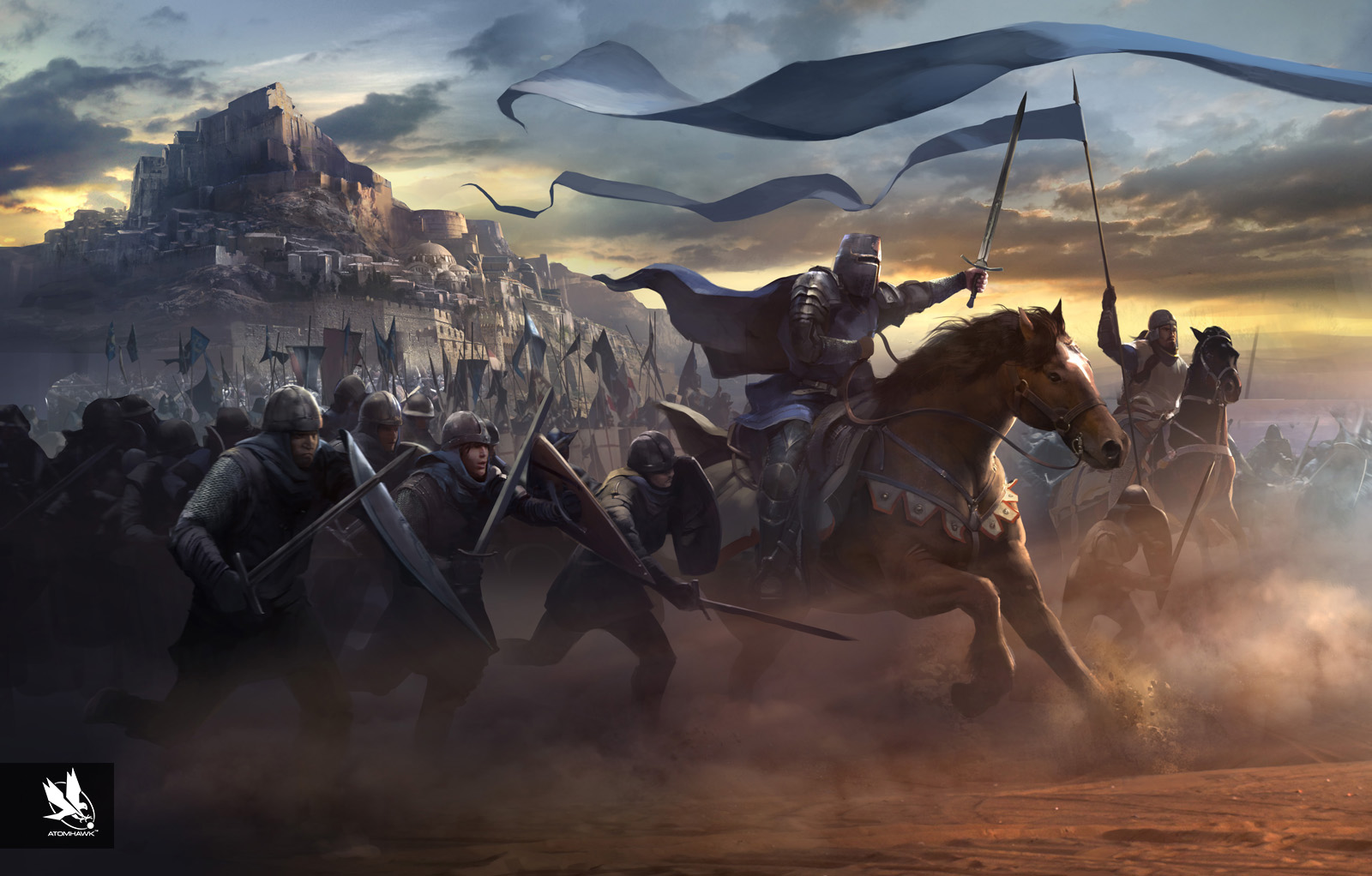
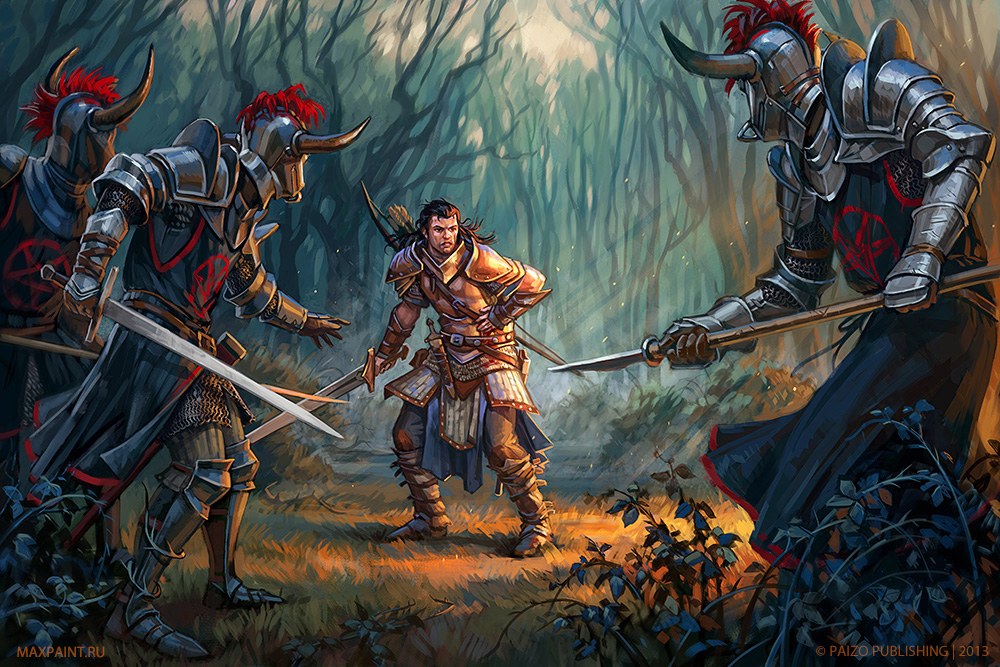
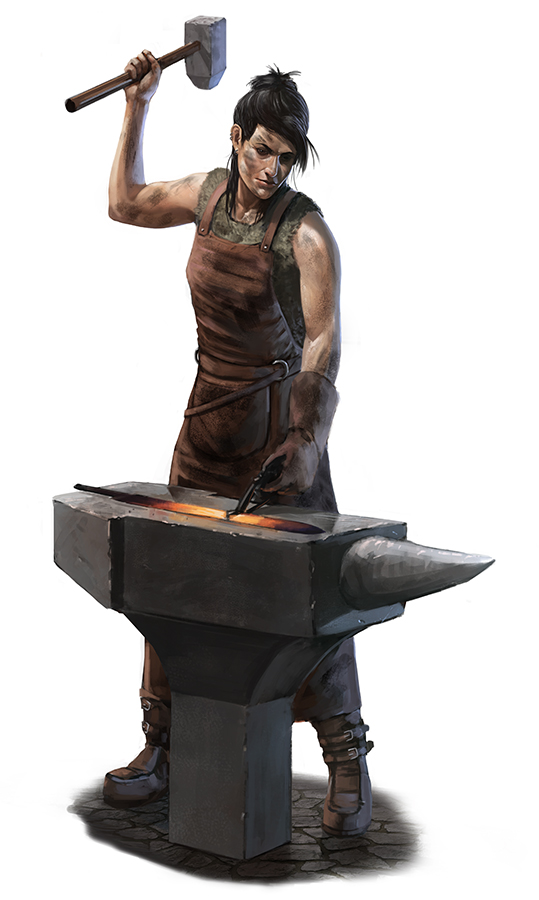






This is a long, long article. So its a little difficult for me to cover everything perfectly. But, starting from the top: I think its likely a placeholder, and you simply haven't gotten to it yet, but hover text on each of the characters mentioned at the top would add a lot. You don't need to have a full, accessible article for each yet, but having a little description or some key words for each of those characters would add a lot to the readability.
Second, in the first paragraph of the Deployment section "as well as, freshly forged weapons and armor." should be changed to "as well as freshly forged weapons and armor." Its a small thing, but it was the only pure editing mistake I could find in this. Overall, a very good article! Good job!